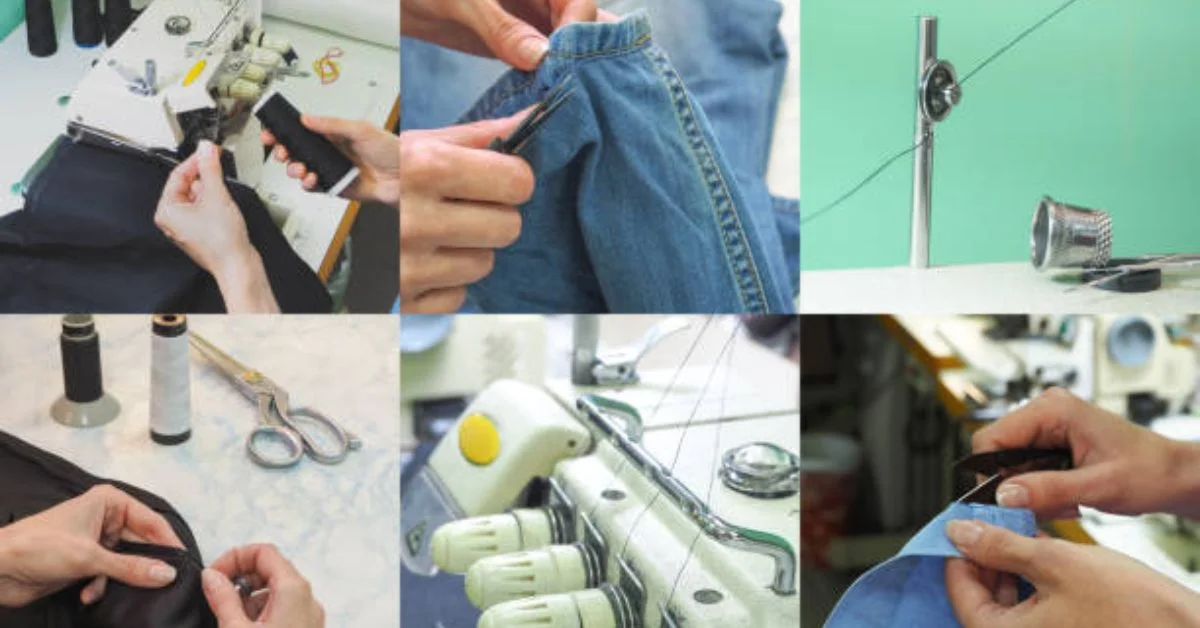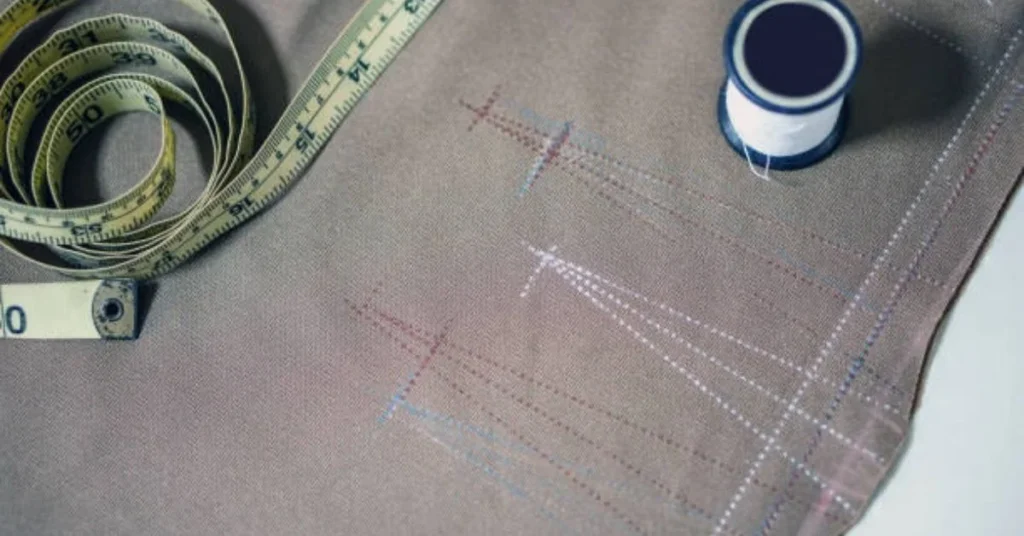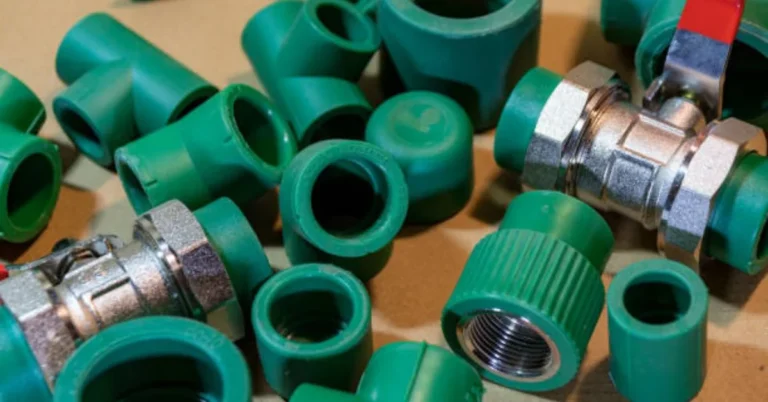
In any field where materials must be joined—whether it’s in textile manufacturing, fashion design, automotive interiors, furniture upholstery, footwear production, or even aerospace—seam types, or Nahttypen as referred to in German, form the structural and aesthetic backbone of the product. They are more than just stitched lines; seams provide strength, structure, form, and often stylistic identity to a wide range of manufactured items. Understanding the different Nahttypen is critical not only for garment makers but also for industrial engineers, architects, medical equipment designers, and even automotive developers.
This article aims to deliver a thorough and coherent exploration of Nahttypen, emphasizing their mechanical functions, construction techniques, classification, advantages, disadvantages, and typical applications across different industries. Whether you are a seasoned textile engineer, a fashion student, or someone simply intrigued by how things are held together, this comprehensive guide will provide you with everything you need to know about seams.
The Functional and Aesthetic Roles of Seams
Before delving into individual Nahttypen, it is essential to understand why seams are important. Seams are not merely a result of the necessity to join two materials; they also serve multiple roles that include structural integrity, load distribution, flexibility, insulation, waterproofing, and design enhancement.
From a mechanical perspective, a seam holds two or more layers of material together, ensuring stability under stress. Depending on the nature of the product, the seam might need to withstand movement, bending, pressure, temperature, and friction. For example, seams in sportswear must stretch with the body without tearing, while those in car seats must endure constant friction from passengers.
Aesthetically, the seam can be either exposed or hidden, designed to draw attention or blend in. Designers use seam placements to shape garments, emphasize silhouettes, create decorative effects, or support branding. In product design and industrial manufacturing, seams can be engineered for minimalism, ergonomics, or even emotional appeal—especially in high-touch items like handbags, gloves, and luxury upholstery.
Classification of Nahttypen
The classification of seam types can vary slightly depending on the context—textiles, industrial design, or technical engineering—but in general, they are categorized based on the technique of construction, number of layers involved, stitching method, and appearance on the surface. Here are the primary classifications of Nahttypen:
1. Plain Seam (Geradstichnaht or einfache Naht)
This is the most basic and widely used seam. Two pieces of fabric are aligned face-to-face and stitched along the edge. The seam is then pressed open or to one side.
- Applications: Shirts, dresses, linings, everyday garments.
- Advantages: Easy to sew, consumes minimal fabric.
- Disadvantages: Limited durability under stress unless reinforced.
2. Double-Stitched Seam (Doppelnaht)
This seam uses two parallel rows of stitches for extra strength. It’s commonly used in areas requiring reinforcement or in outerwear.
- Applications: Jeans, uniforms, heavy-duty apparel.
- Advantages: Strong, reduces risk of seam splitting.
- Disadvantages: Slightly stiffer, more time-consuming.
3. French Seam (Französische Naht)
In this seam, the raw edges are enclosed within a second seam. It is especially favored for delicate fabrics or garments where internal cleanliness is important.
- Applications: Lingerie, silk garments, fine clothing.
- Advantages: Neat inside finish, no exposed raw edges.
- Disadvantages: Requires precise measurement, time-intensive.
4. Flat-Felled Seam (Kappnaht)
Both edges are folded over and stitched down, forming a strong, flat seam with no visible raw edges. It is commonly found in denim and outdoor gear.
- Applications: Jeans, jackets, tents, bags.
- Advantages: Durable, weather-resistant, neat finish.
- Disadvantages: Bulky on heavy fabrics.
5. Bound Seam (Kantennaht mit Einfassung)
A binding strip of fabric or tape is used to enclose the raw edges. This is more common in technical textiles and clothing with visible interior seams.
- Applications: Sportswear, unlined jackets, bags.
- Advantages: Clean finish, decorative potential.
- Disadvantages: Adds weight, needs skill.
6. Lapped Seam (Überlappte Naht)
One fabric edge overlaps the other and is stitched. This seam is often used where strength is prioritized over appearance.
- Applications: Canvas, tarpaulins, industrial fabrications.
- Advantages: Strong under tension, simple to construct.
- Disadvantages: Exposed edges unless finished.
7. Welded Seam (Geschweißte Naht)
Instead of using thread, the materials are fused using heat, chemicals, or ultrasonic methods. This seam is common in waterproof applications.
- Applications: Raincoats, inflatable products, technical gear.
- Advantages: Waterproof, seamless appearance.
- Disadvantages: Requires specialized equipment.

Factors Influencing Seam Choice
When choosing a seam type, professionals must evaluate several factors beyond aesthetics. Each seam type must be compatible with the material, intended function, user experience, durability needs, production capability, and cost efficiency.
- Fabric Type: Lightweight, sheer, or stretchy fabrics may require softer seams like French seams or overlock seams. Heavy materials like denim or canvas demand reinforced or flat-felled seams.
- Stress Points: High-movement areas such as underarms, knees, or elbows should incorporate seams with stretch or multiple rows of stitching.
- End Use: A hiking backpack seam must withstand rain, friction, and load. A formal dress seam must support shape and be nearly invisible.
- Seam Visibility: Some designs intentionally highlight seam placement, while others aim for invisibility.
- Production Method: Automated production lines may prefer seams compatible with machines like sergers or ultrasonic welders.
- Sustainability Goals: Some seams use adhesives or welding rather than thread, appealing to zero-waste manufacturing efforts.
Seam Testing and Quality Control
In industries such as automotive interiors, aerospace seating, and PPE (personal protective equipment), seam integrity is critical to safety and performance. Therefore, rigorous testing is applied, often guided by ISO, ASTM, or DIN standards.
Common Seam Tests:
- Seam Strength Test: Measures the force required to rupture a seam.
- Seam Slippage Test: Evaluates how fabric holds up near the seam under tension.
- Abrasion Resistance: Tests how long the seam endures repeated friction.
- Water Penetration Resistance: For welded seams, especially in rain gear or tents.
- Thermal Resistance: Important in protective suits or fire-fighting gear.
Ensuring that a Nahttyp performs as expected helps manufacturers reduce returns, enhance reputation, and—most importantly—protect users.
Seam Technologies and Innovations
As production scales and expectations rise, Nahttypen have evolved with technological enhancements. Today, automated systems are capable of executing thousands of flawless seams per hour with minimal human intervention. Some advanced systems include:
- Computerized sewing robots for consistent stitch precision.
- Ultrasonic welding that creates seamless bonds in synthetic materials.
- Laser-seamed activewear, which removes traditional stitches for minimal friction.
- Smart thread seams that can conduct electricity or monitor temperature.
These technologies are revolutionizing not just how seams are created but what they can do, from embedding sensors to offering antimicrobial resistance.
Seam Aesthetics in Fashion and Branding
In modern fashion, seam lines are no longer just functional—they’re design elements. High-end brands often use seam patterns as identifiers or stylistic features.
- Princess seams enhance shaping without darts.
- Raw-edged seams give a distressed, deconstructed look.
- Contrast topstitching emphasizes seam placement visually.
- Decorative seams use contrasting threads, embroidery, or piping.
Luxury brands might even patent unique seam construction as part of their brand identity. This transforms a traditionally utilitarian element into a signature of craftsmanship.
Seam Ergonomics and User Experience; Nahttypen
A lesser-discussed but vital aspect of Nahttypen is their impact on user comfort. Poorly placed or constructed seams can cause chafing, pressure points, or even medical issues in prolonged wear situations.
For instance:
- In sportswear, flat seams reduce friction and improve mobility.
- In medical wear, seamless garments prevent irritation on sensitive skin.
- In automotive seating, ergonomic seam placements enhance driving comfort over long distances.
Thus, seam planning must also consider the interaction between the user and the product across all environments.
Sustainability and Seam Efficiency: Nahttypen
Seams impact sustainability in several ways:
- Thread waste and offcuts increase environmental burden.
- Seam bulk affects how efficiently materials are shipped and stored.
- Over-engineered seams use more resources than necessary.
Designers today are rethinking seams as part of sustainable product lifecycle strategies. Zero-waste cutting techniques, bonding methods, and recyclable threads are increasingly popular.
In addition, seamless knitting and 3D printing technologies are beginning to challenge traditional seam usage altogether by eliminating the need for seams in some contexts.
Conclusion: Nahttypen as Technical and Creative Foundations
Whether you’re examining the technical precision of a parachute harness, the durability of military gear, the elegance of a tailored blazer, or the invisibility of a seamless yoga pant, you are ultimately assessing Nahttypen—the types of seams that shape, protect, and support the objects and garments we use every day.
The right seam can elevate a product from basic to brilliant. It can extend durability, improve comfort, ensure safety, and even define style. On the other hand, the wrong seam can result in discomfort, product failure, or costly returns.
Understanding Nahttypen is not just about knowing sewing terms—it’s about grasping the principles that hold materials, designs, and even user experiences together. As industries move toward smarter, more efficient, and more sustainable practices, seam technology and knowledge will only grow more vital.
FAQs: Nahttypen
1. What are Nahttypen in textiles?
Nahttypen are types of seams used in textile and material construction. They vary by structure, application, strength, and appearance. Common types include plain, French, flat-felled, and bound seams.
2. Why is seam choice important in product design?
Seam choice affects durability, comfort, appearance, and cost. It determines how well materials join, resist stress, and interact with users. The wrong seam can lead to product failure or discomfort.
3. What is the strongest type of seam?
Flat-felled seams and double-stitched seams are among the strongest. They offer excellent durability and are used in heavy-duty garments like jeans, workwear, and industrial fabrics.
4. Are there seamless products?
Yes, advancements in knitting, welding, and bonding technologies now allow the creation of seamless products, especially in activewear and technical garments. These offer better comfort and aesthetic appeal.
5. How do sustainable practices affect seam types?
Sustainability encourages minimal waste, recyclable materials, and less thread usage. Techniques like laser bonding or seamless construction reduce environmental impact and streamline manufacturing.
For more information, click here.





